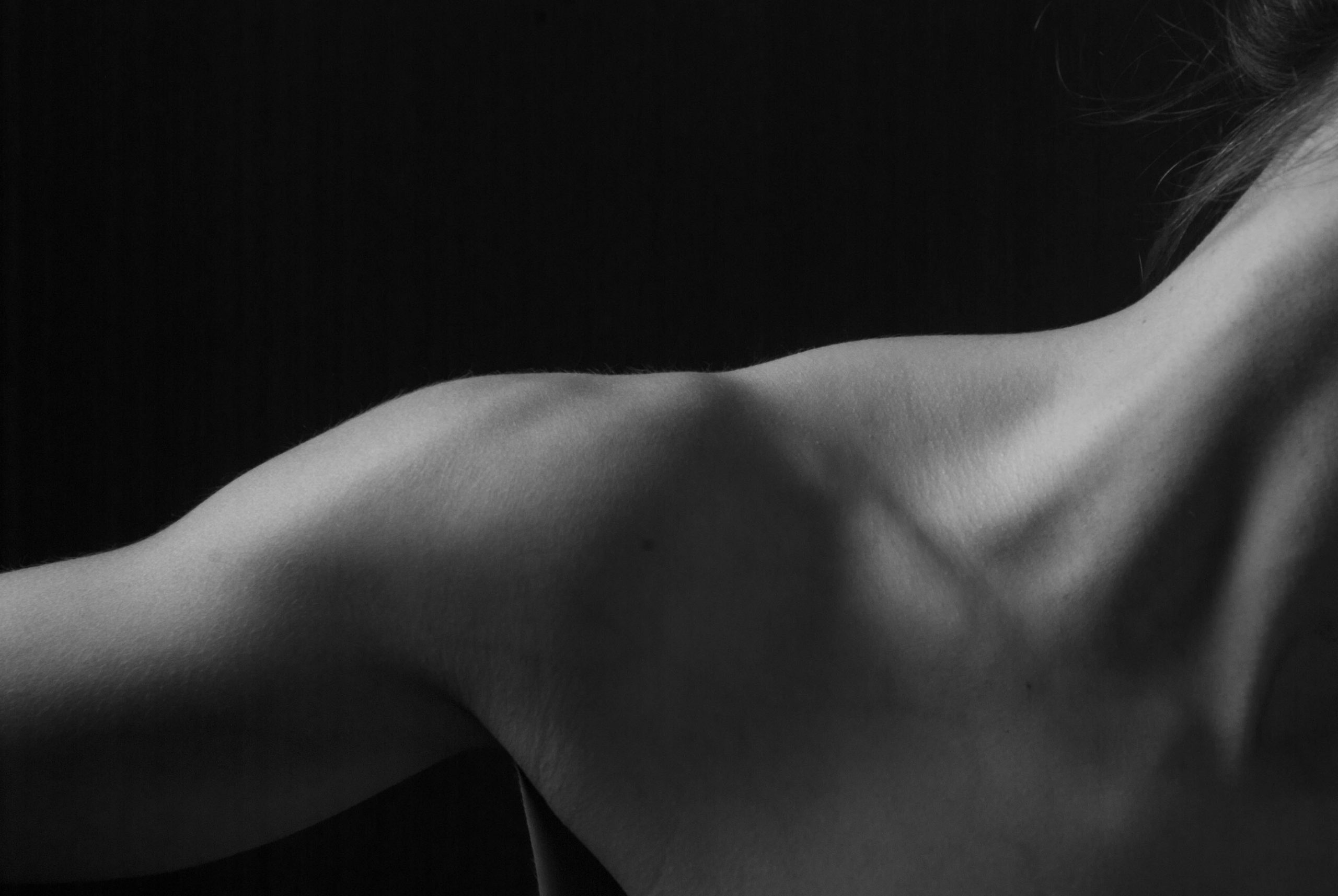Injuries to the rotator cuff, a tendon plate consisting of 4 tendons on the shoulder joint, are based on a wear-related process. As a result, these tendons tend to tear with increasing age, which is then expressed in symptoms (e.g. pain and restricted mobility). If conservative therapy using physiotherapy (including manual therapy) is unsuccessful, the arthroscopic (“keyhole technique”) suture is successfully used.
Symptoms and course:
An injury to the rotator cuff is usually initially without symptoms (asymptomatic). However, a decompensation is observed over the course of time, whereupon those affected complain about load-dependent pain and a reduction in movement and strength (especially when moving above shoulder level). In addition, there are occasional night pains. Since it is a degenerative process, the symptoms gradually increase if left untreated. This is mainly because the severity of the injury increases without adequate therapy.
Diagnosis:
The diagnosis is based on a detailed, standardized physical examination. In the following, X‑rays and magnetic resonance imaging (MRT) are used to confirm the suspected diagnosis or to support the therapy. An ultrasound scan can also help to evaluate the progression of a tendon injury.
Therapy and follow-up treatment:
Conservative as well as operative therapy options are available depending on the severity of the tendon injury. The choice is always based on several patient- and injury-specific factors and is to be selected after consulting the person concerned after looking at all the findings. If conservative therapy is unsuccessful, surgical therapy is indicated. This is done in our department in a minimally invasive manner (arthroscopic, keyhole technology). If the tendon is torn, the injured tendon is reattached to the humerus (head of the humerus) using so-called suture anchors. The follow-up treatment depends heavily on the surgery chosen. In all cases, the affected arm is immobilized in a shoulder brace. The duration of the immobilization is between 1 and 6 weeks. This is recommended individually by the surgeon. The affected shoulder joint can be practiced physiotherapy immediately after the operation.
